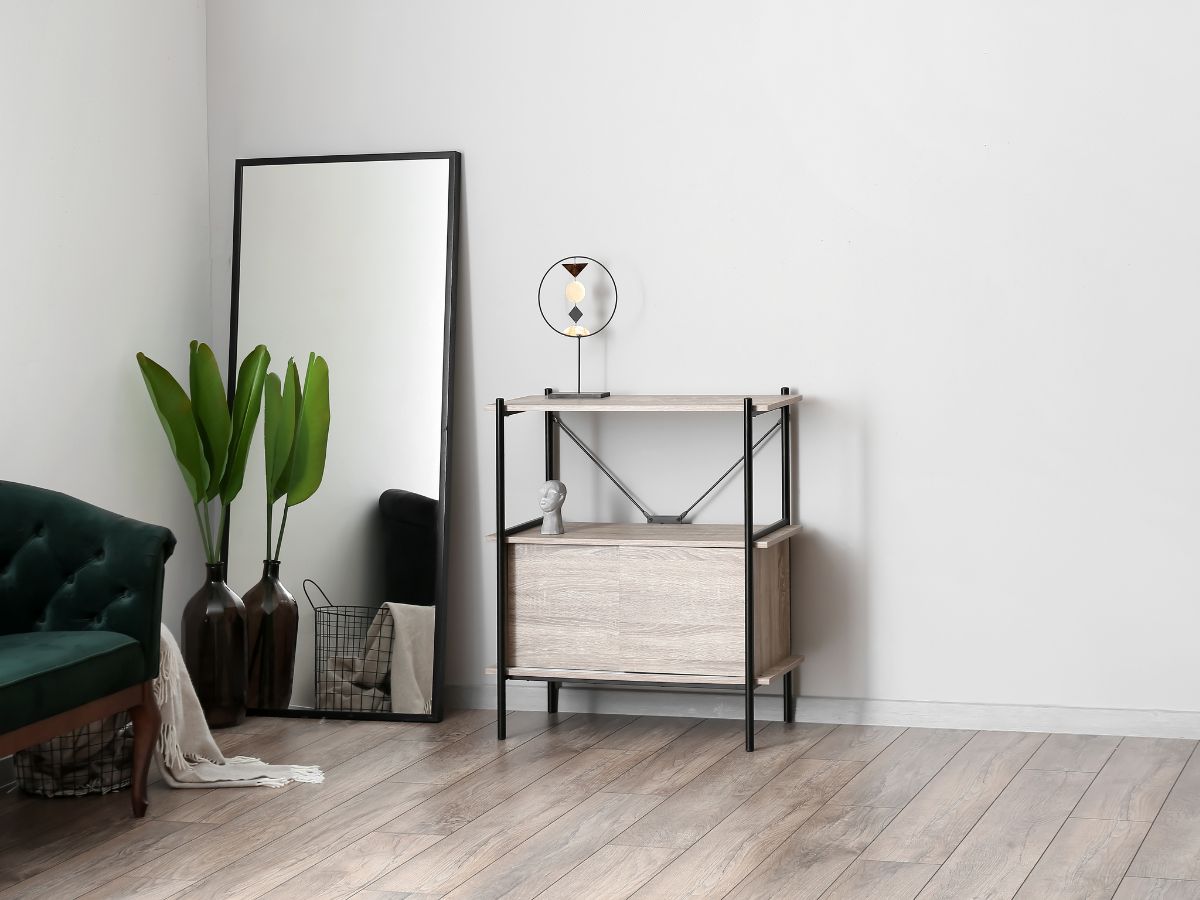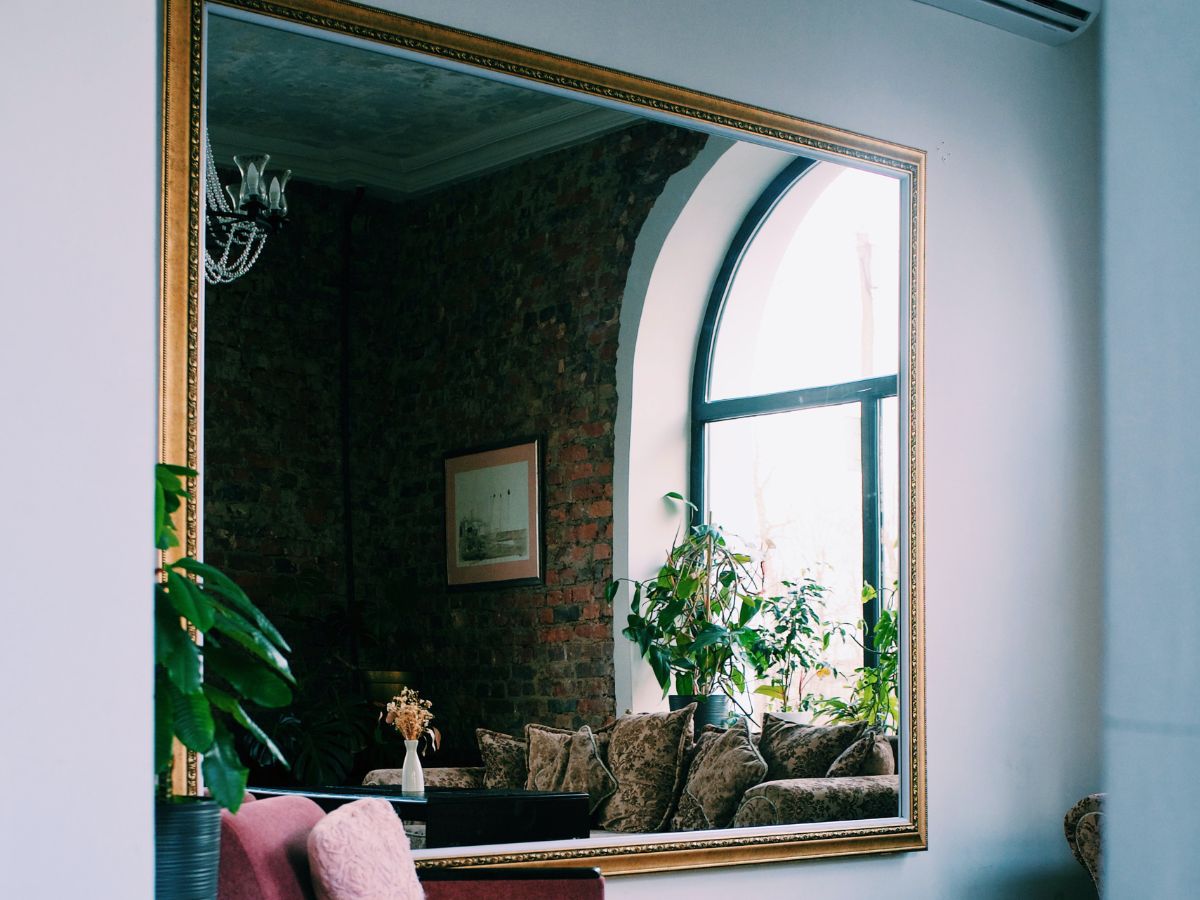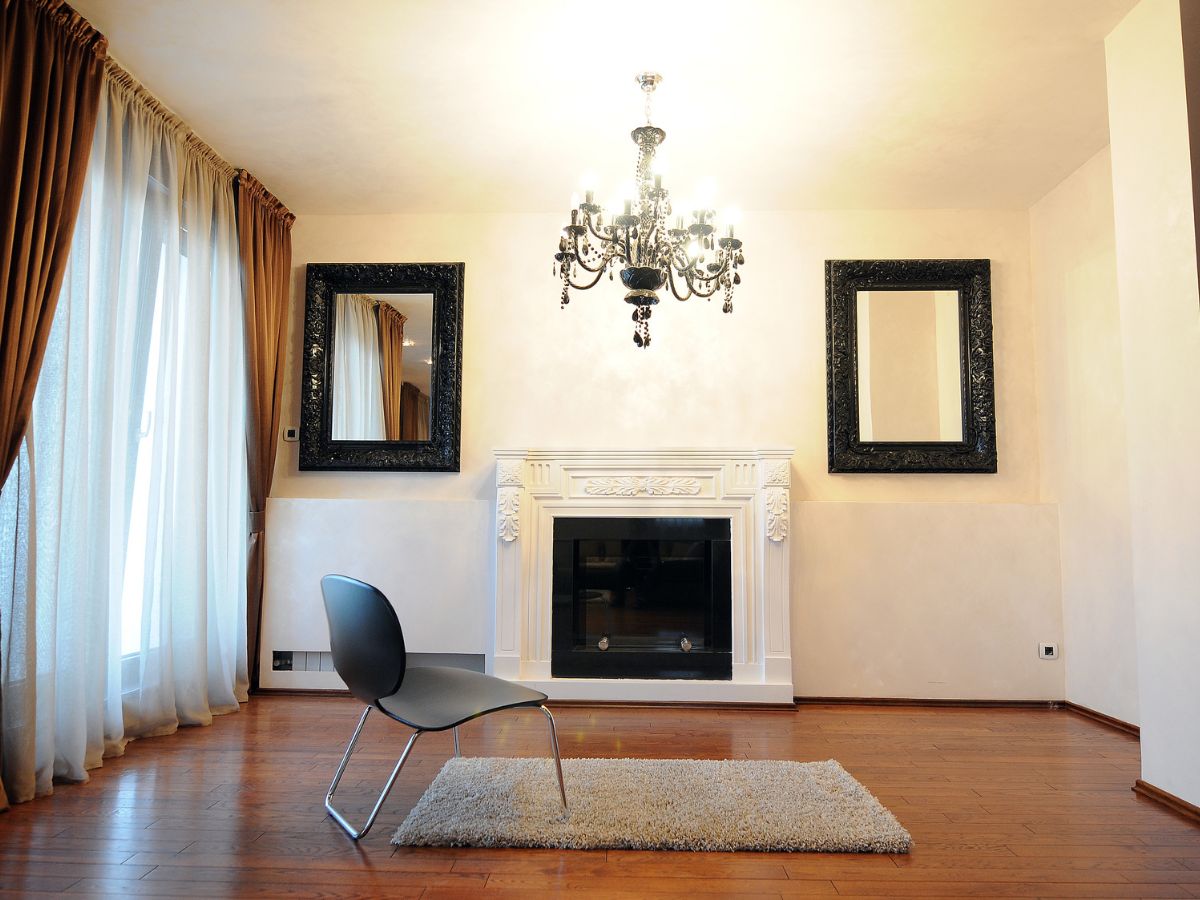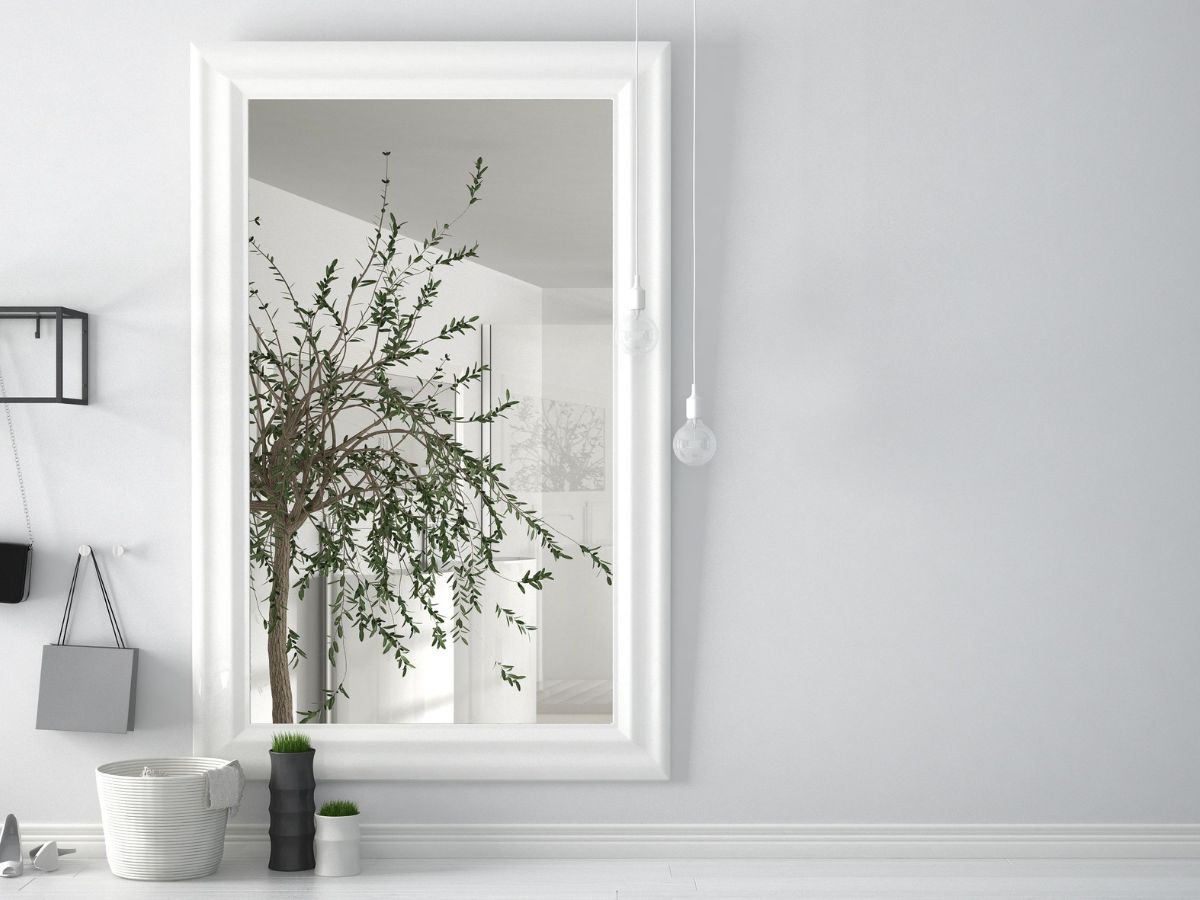
Living Room Mirror Ideas: Transform Your Space with Custom Framed Mirrors
Mirrors are powerful design tools. In a living room, a well-placed mirror can expand visual space, amplify natural light, and serve as an elegant focal point. For interior designers and remodeling professionals, mirrors offer both function and aesthetic versatility. When thoughtfully chosen, they can elevate even the most ordinary room into a dynamic and inviting environment.
Here are design strategies and creative ideas for using mirrors to transform living room spaces.
1. Use Mirrors to Maximize Light and Space
One of the most effective ways to make a living room feel larger is through strategic mirror placement. Positioning a large rectangular mirror opposite a window or glass door reflects natural light, instantly brightening the room. This approach works especially well in urban apartments or rooms with limited sunlight.
Designers often use custom-sized framed mirrors to ensure perfect fit and proportion. A tall mirror behind a console or sofa can visually extend walls and create a sense of openness.
Pro Tip: Choose mirrors with thin metallic or wood frames to maintain a streamlined appearance in smaller spaces.
2. Create a Focal Point with Statement Mirrors
A mirror can anchor a room the same way artwork does. For modern interiors, square or rectangular framed mirrors with bold finishes such as matte black, espresso, or brushed brass add sophistication without overwhelming the space.
Place a statement mirror above a fireplace or console table to draw the eye and balance wall height. Layering decorative objects like vases or candles in front of the mirror adds depth and visual interest.
Design Insight: A large custom mirror above the mantel can reflect the room’s best features, from pendant lighting to textured wall treatments.
3. Pair Mirrors with Art for Balance
Mirrors don’t have to stand alone. Mixing mirrors with framed artwork creates rhythm and variety on large living room walls. Alternate between art and mirrors in matching frames for a cohesive, gallery-style arrangement.
For contemporary projects, designers favor rectangular mirrors with slim black or white frames, while transitional spaces benefit from warm wood tones that complement furniture finishes.
4. Add Mirrors Behind Furniture for Depth
Placing a mirror behind a sofa, console, or sideboard introduces another layer of reflection and texture. This technique works beautifully in open-concept living rooms, helping define zones without closing off the space.
Framed, custom-sized mirrors can be tailored to align with furniture dimensions, maintaining proportion and balance.
5. Use Mirrors to Reflect Design Elements
Mirrors should be placed to reflect what’s worth seeing like artwork, lighting, architectural details, or even outdoor views. Avoid positioning mirrors where they reflect clutter or blank walls. In refined design, reflection is intentional.
Living room mirrors are versatile design assets that shape light, perception, and mood. Whether you prefer a clean-lined rectangular mirror or a richly framed square design, custom-sized framed mirrors offer precision and harmony within your layout.




